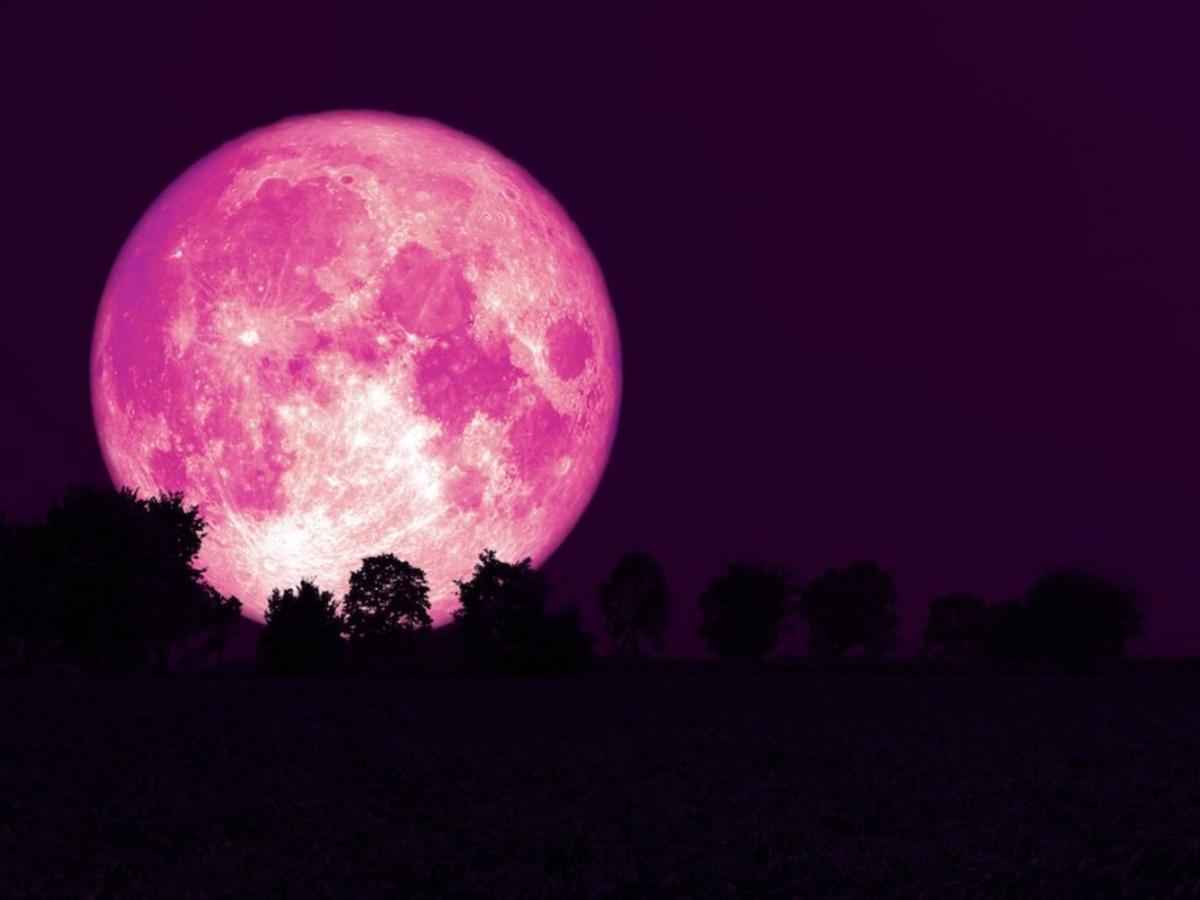
The magnificent full moon will light up the night sky this week till Friday morning. This will be the first full moon of spring, and it is known as the Pink Moon. It will not, however, seem pink. You will also be able to see Venus and Mars, which will be close to the Moon.
Every month, full moons are one of the most beautiful sights in the night sky. The side of the Moon visible from Earth is totally illuminated by the Sun during a full moon. Each month’s full moon is known by a different name in different civilizations around the world. Worm Moon, for example, was the name given to the full moon in March.
Why is the full moon in April known as the Pink Moon?
The full moon in April is known as the Pink Moon because it is connected with the pink wildflower Phlox subulata, often known as “moss pink,” which blooms in the spring. If the full moon in April falls before Easter, as it does this year, it is known as the Paschal Moon. Other names for it include Sprouting Grass Moon and Egg Moon.
The Moon will be in the sign of Virgo, the Maiden
The Pink Moon will appear above Spica, the brightest star in the constellation Virgo the Maiden, for those in the northern hemisphere. The Moon will move to the upper right of the star shortly after midnight. The view will be inverted from the southern hemisphere. When they both rise after sunset, the full moon will be to the left of Spica.
On April 16, the Moon will be close to Saturn
Following April 6, the Moon will rise an hour later each day, so you won’t be able to see it until it is dark. As the lunar cycle advances, the Moon will rise about midnight and set around midday on April 13 when it reaches its last quarter phase. On April 10, it will be seen near the Antares star, and on April 16, it will be visible near Saturn.
In August we will see two supermoons
This year, instead of the usual 12, there will be 13 moons. In August, there will be two supermoons, the Sturgeon Moon and the Blue Moon. Because of their close approach to Earth, supermoons look brighter and larger in the sky.
